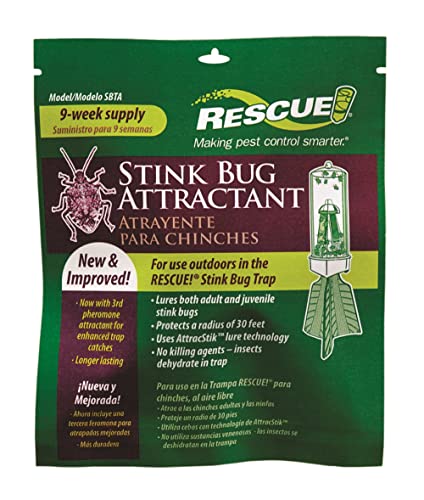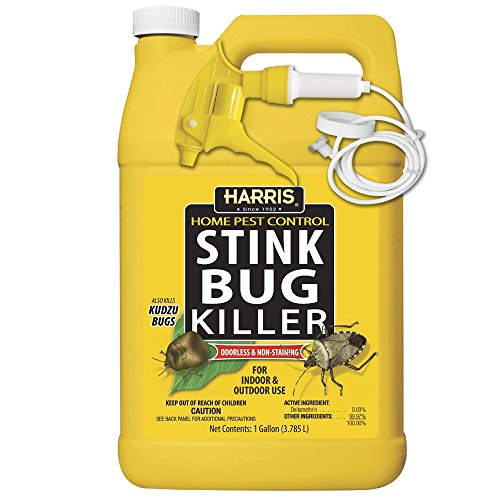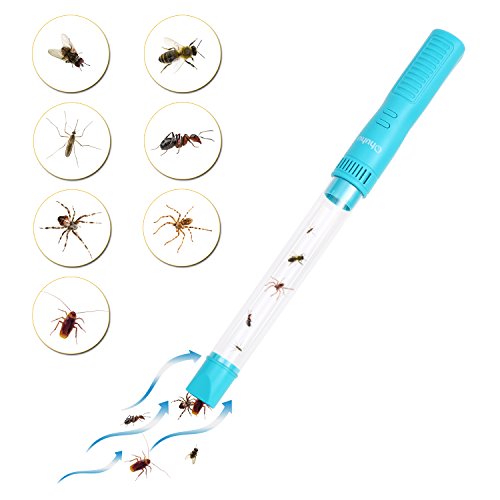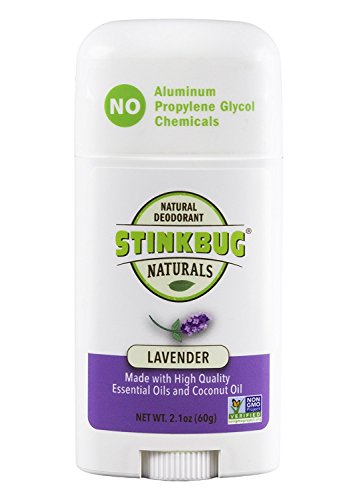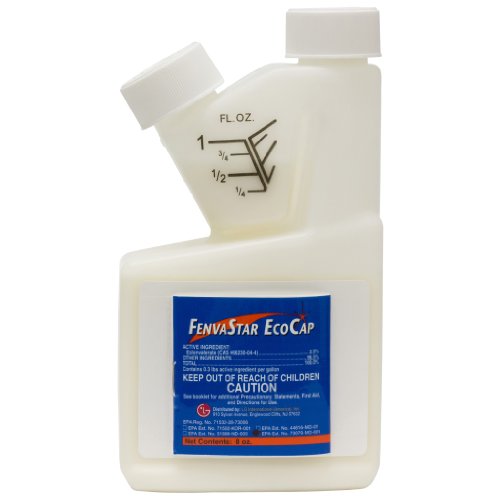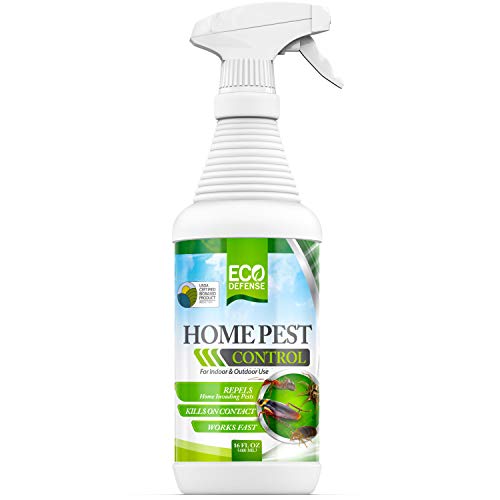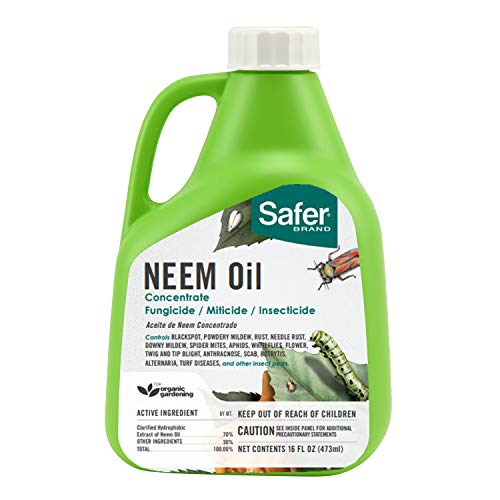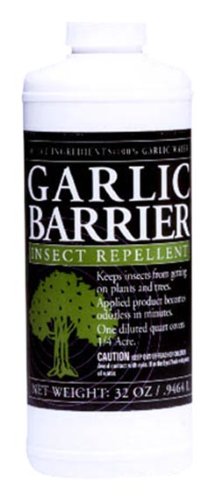How to Get Rid of Stink Bugs: 12 way to kill stink bugs for indoor plants (Updated for 2023)
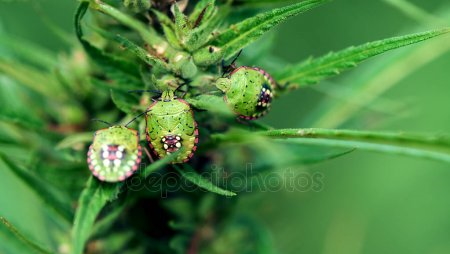
Brown Marmorated Stink bug adopts 3 prone strategies to damage garden plants by killing seedling, causing stunted growth and suckering. The adults appear in spring and start feeding on plants while the offspring formed during the summer overwinter inside the residential building causing severe infestations by releasing odors that are unbearable for the residents. The best strategies may be adopted at the start of spring and during summers to get rid of stink bugs whereas in fall for the offsprings and eggs.
If you are fed up with all the stink bugs play and finally looking for answers of what kills stink bugs or how to kill stink bugs? Then below are a few remedies mentioned for you.
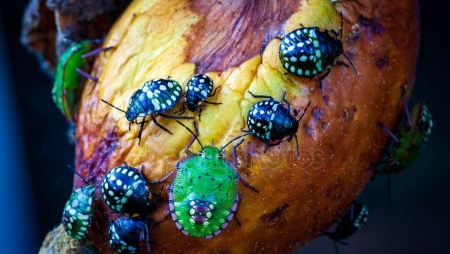
How to kill stink bugs?
#1 CimeXa Insecticide dust (Chemical-Editors’ choice)
This product helps in killing many home pests including mites, bed bugs, ticks, fleas, stink bugs, cockroaches, silverfish, spiders, and many more. It is 100% silica dust and is odorless. If applied to areas that are not disturbed over the years, like the wall voids, then its effect will last for more than 10 years.
It should be applied directly to the required areas and should never be swallowed. Use a safety kit while using it.
#2 Stink Bug Attractant- Rescue (Natural-Editors’ choice)
It is a stink bug trap. It attracts the stink bugs towards it in the 10 meters radius. It attracts both males & females together. One pack will be enough for about 9 weeks and will be required to bought again. Generally, it produces no odor for humans or the person living indoors. It can work in houses, gardens and even around fruit plants without hurting them. It kills insects with dehydrating them, thus no poison is being used in its making.
The product is placed in the Stink Bug Trap by Rescue and might be left hanging or placed on a plain surface.
#3 Stink Bug Killer – Harris
It is ready to use, odorless formula & is among one of the environment-friendly products. Apply Sting Bug Killer to the infested areas. It will start its work once it is dried up. It comes with a package of trigger sprayers too that make your job more easy & precise. This product does not leave any stains so its application on clothes and garments is not restricted. Since it is ready-to-use, no additional efforts needed to make solutions or mixing it into water.
#4 Ohuhu Bug Catcher Vacuum
It is a small vacuum that can suck any unwanted small living insects or pests like stink bugs. From spiders to stink bugs, it can almost catch everything. No chemical is required for it, making it both non-toxic and environmentally friendly. It catches the bugs physically without causing them any harm, thus there will no need to kill them. No physical killing means no more odors associated with stink bugs. For night usage, it is even equipped with an LED.
Just charge the vacuum and when required aim at the insect while pressing the button “IN”. Clean the carton when required.
#5 Stinkbug Naturals- Lavender Stick
If the question ‘Do stink bugs bite?’ ever hits your mind, then you should know that they do bite but that rare. They normally feed on the undersides of the plants. To save yourself from such rare biting, this product will help you deter all biting bugs.
It is made up of high-quality coconut oil in addition to many beneficial essential oils as well. It does not have any hidden products other than the mentioned ones. No synthetic material is being used in the formulation and is manufactured in the United States. It comes in many more flavors too.
Just apply this stick to your skin and it will keep you safe from the stink bugs bites.
#6 Bifen I/T insecticide
It is a unique formula that contains 7.9% bifenthrin. Bifenthrin formulations are a systemic insecticide that kills a variety of pests including stink bugs on cannabis plants, vegetables, ornamentals, and turfgrasses. Luckily stink bugs are one of the Bifen I/T targets. It is the most common choice of professionals that are involved in urban pest control. Bifen will not leave any sort of visible stains or odor. It comes with protective gloves and masks too.
Wear the protection kit before using it. For 1 gallon of water, its quantity may vary from 0.1 to 2 ounces. This varying quantity depends on the type of targeted pest and the area of application. Read label instructions carefully & confirm whether it is permitted in your state or not before purchase.
#7 Talstar Professional Insecticide
Again, a similar formula is used in Bifen I/T but with a more authentic brand. Definitely, professionals use it for more precise targeting and handling indoor & outdoor garden pests including stink bugs and 75 other listed pests on your garden plants. Some of them are stink bugs, Earwigs, Scorpions, Spittlebugs, Bed bugs, Ticks, etc. This product once sprayed can keep that area insect-free for 2-3 months. It does not contain any alpha-cyan-group and is soluble in water. It comes with a safety kit too.
Mix ¾ gallons of water with 0.5-1 ounce of the product and spray using a hand-held sprayer till the plants get completely covered with a fine mist. Once sprayed, reapply after every 2-3 months for permanent and continuous prevention of the plants and homes from stink bugs.
#8 FenvaStar EcoCap
The active component for this product is Esfenvalerate. Its 3.5% Esfenvalerate formula can be used both indoors, as well as outdoors. It can kill mites, bed bugs, stink bugs, spiders, ants and many more. This product can even be used on livestock and poultry areas.
Mix about 1-2 ounces of the product with 1 gallon of water and shake it well. Later apply it with a hand-held sprayer on all garden plants including vegetables, fruits, and herbs. Apply it using a 2-second burst of spray. This will provide a long-lasting effect with little residual effects on edible greens. Avoid using on microgreens and herbs as some harvests need to delayed due to their long residual effects.
#9 Eco Defense- HOME PEST
It naturally kills all the household pests. It works rapidly and has long-lasting effects. Once applied, it keeps the pests from coming back. It does not contain any dangerous poisons or harmful fumes, thus will ensure your family safety. It contains plant oils so not associated with bad odor indoor & outdoor as well.
Shake the bottle well before use and apply on the areas like the corner of the windows and doors along with other hiding places in stores and garage etc.
Home remedies to kill stink bugs
#10 Essential Oils
Essential oils are the best repellent for stink bugs. Not only they make your home stink bug free but also make it fragrant. Just mix 10 drops of essential oils of mint in 16 ounces of water and spray at their all possible hiding locations.
#11 Neem Oil
Neem oil is one of the best natural insecticides. It interferes with the basic behaviors of the pests. It is quite consuming and may take a week or so to work. Take 2 teaspoons of the neem oil and mix with 32 ounces of water for the perfect spray. Mix it well and spray the affected areas using a mist sprayer.
#12 Garlic Spray
Apply this spray where the stinks bugs are most likely to appear. Make this spray by adding 4 teaspoons of the garlic powder with about 2 cups of water. It should be sprayed on windowsills too. Its odor will keep the stink bugs and many other pests, away.
What are stink bugs?
Adult buds are 12 to 17 mm long having a typical brown shield over their bodies, spotted with a reddish touch, stripped antennae and stripped body. They are brown true bugs of serious nature that feed on plant sap by inserting their needle-like mouthparts into the leaves, tender stems, shoots, and seed pods. While inserting their stylus into the plant tissues, they remove sap and inject toxins into leaves or shoots where they bite that causes puncturing of the leaves surfaces that lead to further infestations during the growing season. The damages symptoms can be noted on the garden plants that appear like needle holes on the surface being attacked by them. The damages are prevalent on seedling, tender shoots, on the surface of the leaves, and tillers of the plants along with oily secretions where they had fed.
Where do stink bugs come from?
As already discussed that they are migratory pests that came from Eastern Asia a few years ago and became a pest of serious nature for the agriculture and gardening plants in the US whereas they have long overwintering capability that makes them appear in the gardens at the end of spring in the US. Like all other true bugs, stink bugs grow by simple metamorphosis while developing an adult from the eggs. Female stink bugs lay their eggs in clusters of 25-30 on the undersides of the leaves that hatch in a week to become nymph that takes another 5-6 weeks to become an adult after passing the molting process.
What do stink bugs look like?
The size of adults may vary from ½ inch to ¾ of an inch, shielded bodies with piercing needles like mouthparts, light to dark brown upper skin and yellow to green undersides make them shield shape insects that look larger and flattened as they actually are.
What do stink bugs eat?
As a nymph, they primarily feed on the undersides of the leaves where they hatch whereas on become motile, they leave no choice to feed on any of the available green-scape whether it is a fruit tree, microgreens, vegetables, turf grasses, vines, cereals or ornamental plants. They merely feed on the cannabis that shows that are not a crop-specific pest.
How long do stink bugs live?
Primarily, their life is dependent on the number of environmental and ecological factors such as temperature, humidity, sheltering, predators and available food intake. Under moist and humid conditions, they may live for 6 to 8 months and have only 1 generation in a year. Their longevity is the main reason for their damages while the winter forces them to take shelter inside residential areas to find a suitable temperature to survive.
What do stink bugs smell like?
Their smelly odors like strong cilantro and coriander are deeply associated with their defense mechanism that often activates when they are disturbed, displaced or killed. Their glands contain that smelly liquid which they keep stored until some attack is feared by them. The gland that stores these smelly secretions is in the metathorax. These secretions are named hex-2-enal, oct-2-enal, and dec-2-enal as per their classifications that make these adult pentatomic odors while the majority of the gardeners and residents are feared of these smells and get annoyed. While disturbed or treated the outdoor, they do secrete these liquids but not noticed due to open climates but they are disturbed or killed inside the house, it’s unbearable. Adopt any of the best strategies that keep them away from your indoors while creating a little disturbance for these crazy creatures.
What attracts stink bugs?
Aggregation pheromone is a safety alarm for other sting bugs when already a few stink bugs are hiding in your garden or indoor and they consider it a safe place to invite others to the same environment. Generally, a pheromone is released upon finding an appropriate place that shelters them for overwintering. It’s an aroma smell and doesn’t resemble that of bad smell, they are notorious for.
What attracts stink bugs to your house?
The stink bugs have multiple choices and multiple seasons to make a stunning entry to your garden or house through great outdoors. Spring & summers invite them to your garden while in fall, they search for cracks, gaps, and holes in residential structures to get enter your house.


